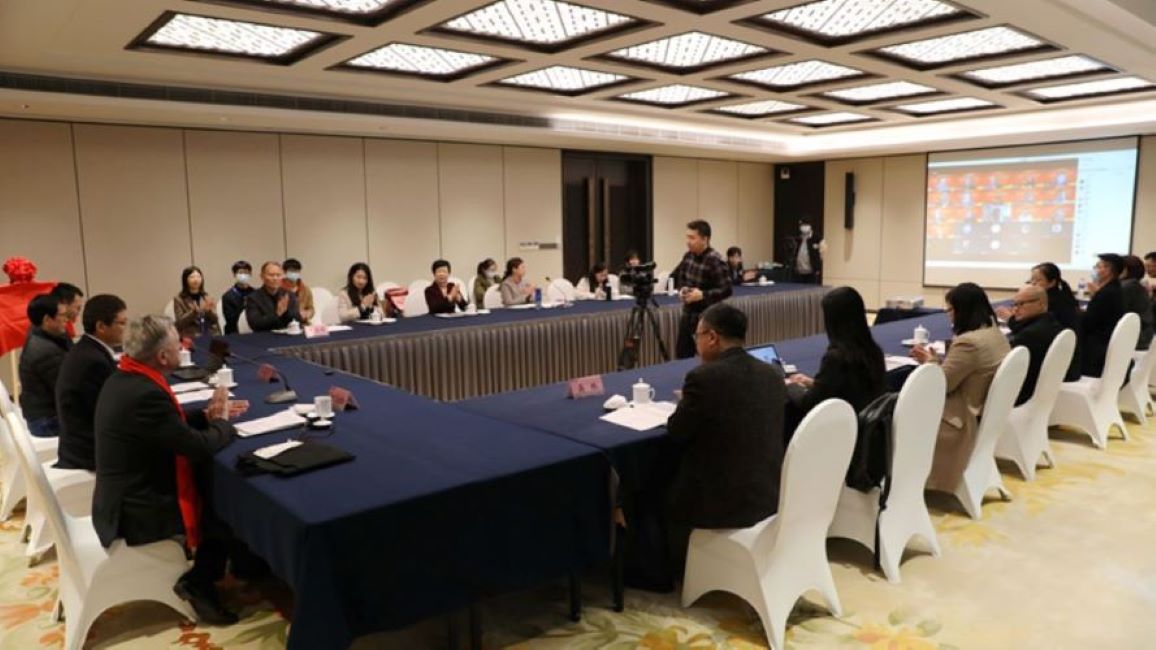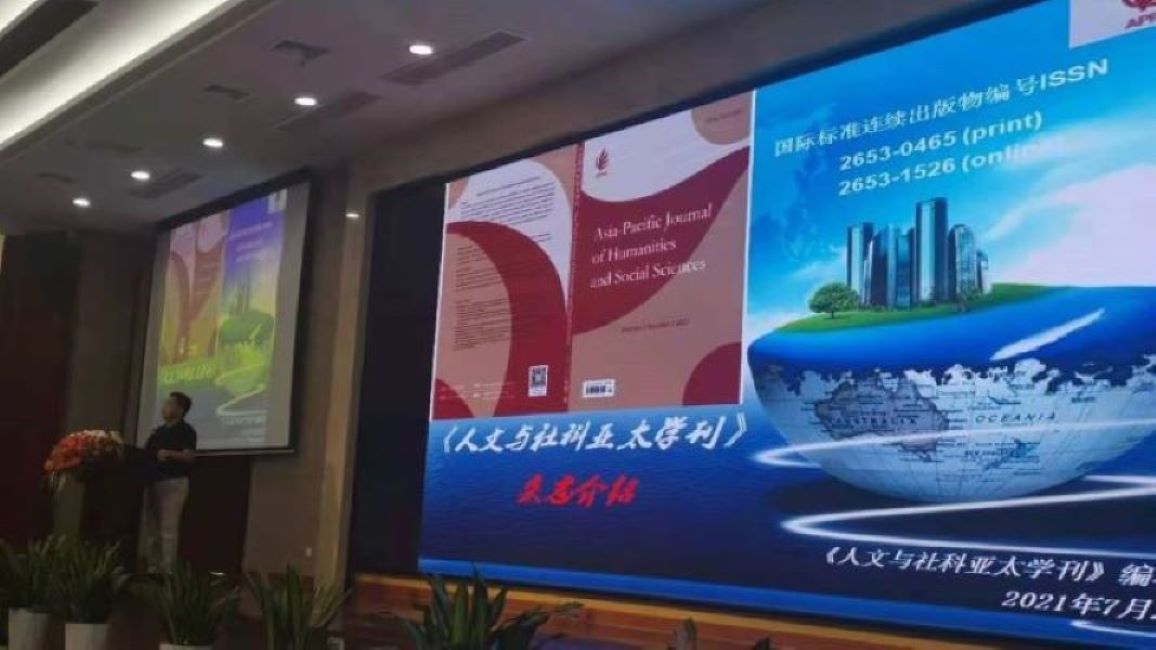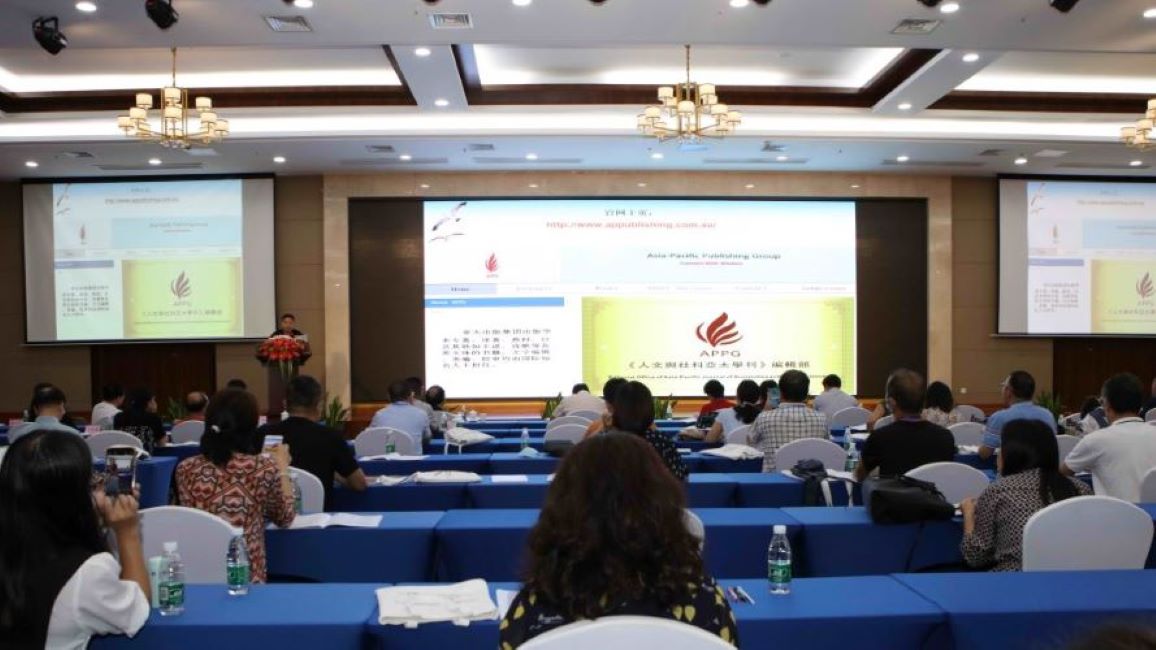1. Authorship
Authorship credit should be based on meeting the following criteria.
a. Substantial contribution to paper concept or design, acquisition of data, or analysis and interpretation of data;
b. Drafting the article or reviewing and introducing fundamental changes in it;
c. Final approval of the version to be published.
All persons designated as authors and co-authors should meet these criteria. As co-authors of a paper there should be identified all persons who have made significant scientific contributions to the work reported, and who therefore share responsibility its content and results. Authors should also appropriately recognize the contributions of technical staff and data professionals. All contributors who do not meet the criteria for authorship (e.g. financial support) should be listed in the section “Acknowledgements” (financial disclosure). Editors retain the right to request information about the contributions of each person in writing the article.
Authors should also be aware that the following phenomena are the examples of scientific misconduct and must be avoided: ghostwriting and ghostwriting authorship.
A group of co-authors should jointly make the decision about the order in which their names are given. During manuscript submission, the submitting author must provide contact information (full name, email address, institutional affiliation and mailing address) for all the co-authors. The author who submits the manuscript for publication accepts the responsibility of notifying all co-authors of the manuscript being submitted. Corresponding author must fill in and sign the Statement of Originality (in case there are two authors or more), which should be submitted together with the manuscript.
All detected cases of scientific misconduct will be documented and the appropriate institutions and entities will be notified.
2. Conflicts of interest
Conflict of interest is a situation in which the process of research and publication may be corrupted or its results may be biased because of some other interests of its participants. It may concern any one or more of the participants of research and publication process – the author, the reviewer, or the editor. Conflicts of interest may occur for financial (e.g. employment opportunities, fees or other compensation arrangements, beneficial ownership of stock) or other reasons (e.g., personal relationships, pursuit of academic career, intellectual passion, political involvement etc.) that can reasonably be expected to influence motivations or results of actions of participants of the publication process.
Conflicts of interest constitute a serious threat to the integrity and objectivity of both scientific research and publishing. Therefore , best practice for authors, reviewers and editors alike, is to avoid conflicts of interest situations whenever possible.
All participants in publication process who are in the situation of a conflict of interest, must disclose this fact. Of special importance is that if the original research study reported in the manuscript or the preparation of the manuscript was supported by one or more grants, the title and number of the grant(s) and the name of the institution(s) that provided the grants or financial support to conduct, analyze or write-up the study, must be specified in the manuscript.
Editors of APJHSS may use information disclosed in conflict-of-interest and financial-support statements as a basis for editorial decisions. The corresponding author must either notify the editor at the time of submission that there is no conflict of interest to declare, or fairly and effectively communicate all conflicts of interest, which will then be acknowledged in the published article.
3. Editing
APHSS is a double blind peer-viewed journal. For reviewing details, please see http://appublishing.com.au/index/show.html?tid=150. Submitted papers and short communication are evaluated by independent referees or Editorial Board members specialized in the article field. Our Reviewers evaluate submitted material’s scientific significance and novelty, define it’s accordance to general journal profile, scrutinize its content for compliance with the journal’s publication ethics. After the refereeing process is complete, the paper may be rejected, returned to the author for revisions, or accepted for publication.
The authors are responsible for the contents of their paper or short communication. Editors may request an author, when considered necessary, to elaborate on the content or technical details of the paper. Scientific editing might change format and correct the writing to render it compliant with editorial policy of the journal.
Pictures and graphs are special subject to editorial consideration, as their quantity should be optimal and only necessary in the content of papers. Pictures, graphs and textual content alike are subject to ethical standards concerning authorship and integrity. Additionally, whenever images are included in accounts of research process or results, or in data collections, the author must provide an accurate description of how the images originated.
4. Plagiarism Policy
The APJHSS is strictly against any unethical act of copying or plagiarism in any form. Plagiarism is said to have occurred when large portions of a manuscript have been copied from existing previously published resources. All manuscripts submitted for publication to journal should be cross-checked for plagiarism by the editor using Dupli Checker https://www.duplichecker.com/. Manuscripts found to be plagiarized during initial stages of review are out-rightly rejected and not considered for publication in the journal. In case a manuscript is found to be plagiarized after publication, the Editor-in-Chief will with the help of other editors conduct preliminary investigation. If the manuscript is found to be plagiarized beyond the acceptable limits, the journal will contact the author’s Institute/College/University and Funding Agency, if any. A determination of misconduct will lead journal to run a statement bi-directional linked online to and from the original paper, to note the plagiarism and provide a reference to the plagiarized material. The paper containing the plagiarism will be retracted.
Levels of Plagiarism
1.Minor: A short section of another article is plagiarized without any significant data or idea taken from the other paper.
2.Intermediate: A significant portion of a paper is plagiarized without proper citation to the original paper
2.Severe : A significant portion or entire content of a paper is plagiarized that involves ideas, methods, results, contributions presented in another publication.
Policy for Plagiarism and Action of APJHSS
Journal respects intellectual property and aims at protecting and promoting original work of its authors. Manuscripts containing plagiarized material are against the standards of quality, research and innovation. Hence, all authors submitting articles to journal are expected to abide code of ethics and abstain from plagiarism, in any form. In case, an author is found to be suspected of plagiarism in a submitted or published manuscript then, APJHSS shall contact the author(s) to submit his/her (their) explanation within two weeks, which may be forwarded to the Fact Finding Committee (FFC) constituted by members assigned by editor-in-chief for the purpose, for further consideration. If APJHSS does not receive any response from the author within the stipulated time period, then the Director/Dean/Head of the concerned College, Institution or Organization or the Vice Chancellor of the University to which the author is affiliated shall be contacted to take strict action against the concerned author.
APJHSS takes serious action against published manuscripts found to contain plagiarism and shall completely remove them from Journal website and other third party websites where the paper is listed and indexed. The moment, any article published in APJHSS archive is reported to be plagiarized, APJHSS will constitute a Fact Finding Committee (FFC) to investigate the same. Upon having established that the manuscript is plagiarized from some previously published work, Journal shall support the original author and manuscript irrespective of the publisher and may take any or all of the following immediate actions or follow the additional course of actions as recommended by the committee:
1. Editorial office shall immediately contact the Director/Dean/Head of the concerned College, Institution or Organization or the Vice Chancellor of the University to which the author(s) is (are) affiliated to take strict action against the concerned author.
2. APJHSS shall remove the PDF copy of the published manuscript from the website and disable all links to full text article. The term Plagiarized Manuscript shall be appended to the published manuscript title.
3. APJHSS shall disable the author account with the journal and reject all future submissions from the author for a period of 1/3/5 years or even ban the authors permanently according to the level of his/her plagiarism.
4. APJHSS may also display the list of such authors along with their full contact details on the journal website.
5. Any other course of action, as recommended by the Committee or as deemed fit for the instant case or as decided by the editorial board from time to time.
What is plagiarism? See https://www.plagiarism.org/plagiarism-policy.








